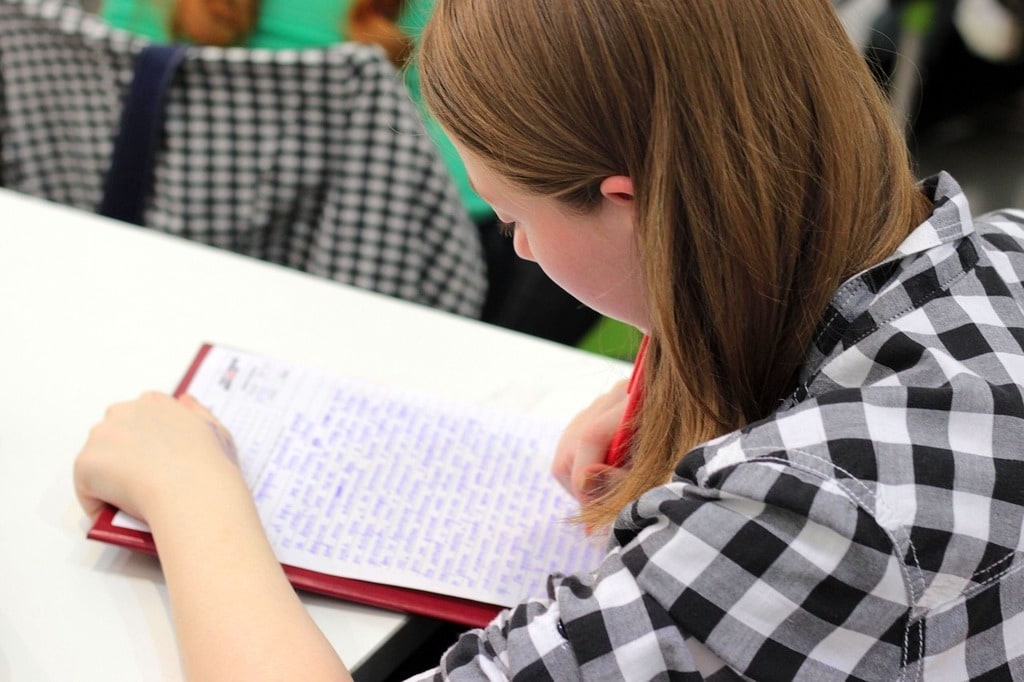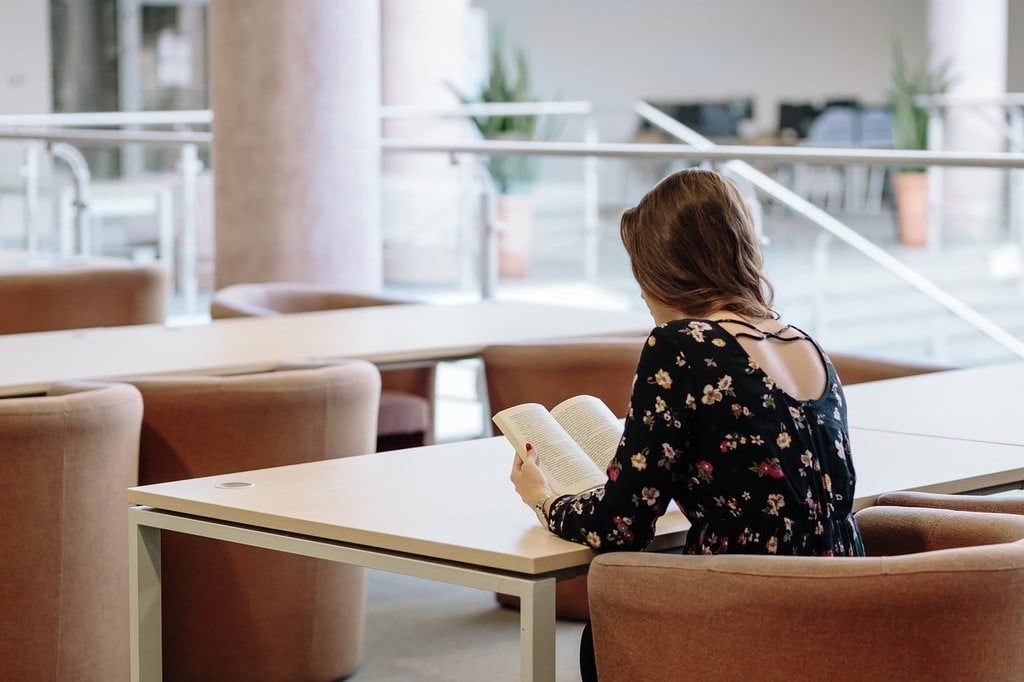In a world increasingly focused on outcomes, learning can often feel like a high-pressure endeavor. However, learning does not have to be anxiety-inducing. There are ways to acquire knowledge and skills that are both effective and enjoyable. This article will explore methods of learning without the undue stress that often accompanies educational pursuits.
Mastering the Art of Learning Without Pressure
The concept of learning without pressure involves creating an environment where the joy of discovery takes precedence over the fear of failure. Traditional educational settings often emphasize grades, deadlines, and competition, which can lead to stress and burnout. Instead, fostering a love for learning through curiosity and personal growth can yield better long-term results.
A strong foundation for relaxed learning is a supportive environment that encourages risk-taking and embraces mistakes as opportunities for growth. When learners feel safe to explore and experiment, they are more likely to engage deeply with the material. Encouraging a mindset that values the process over the product can transform the learning experience.
Intrinsic motivation plays a significant role in learning without pressure. When learners are genuinely interested in the subject matter, they are more likely to persevere and find joy in their studies. Passion-driven learning shifts the focus from external rewards, such as grades or accolades, to internal satisfaction and personal achievement.

Strategies for Stress-Free Learning
To facilitate a pressure-free learning environment, several strategies can be employed. First, setting realistic goals can help maintain motivation without overwhelming the learner. Breaking down larger tasks into smaller, manageable steps can make the learning process more approachable and less daunting.
Another effective strategy is to incorporate a variety of learning methods. Combining visual, auditory, and kinesthetic techniques can cater to different learning styles and keep the process dynamic and engaging. This variety not only helps retain interest but also aids in better understanding and retention of information.
Additionally, regular breaks and a balanced schedule are essential for maintaining a pressure-free learning environment. Allowing time for rest and reflection can prevent burnout and enhance productivity. Learners should be encouraged to listen to their bodies and minds, taking breaks when needed to recharge and refocus.
Benefits of a Pressure-Free Learning Approach
Adopting a pressure-free approach to learning offers numerous benefits. It fosters a positive association with education, reducing anxiety and enhancing self-esteem. When learners are not burdened by the fear of failure, they are more likely to take on challenges and develop resilience.
A stress-free learning environment can also lead to improved creativity and problem-solving skills. Without the constraints of pressure, learners are free to explore unconventional ideas and approaches. This freedom can lead to innovative solutions and a deeper understanding of complex concepts.
Furthermore, learning without pressure can enhance collaboration and communication skills. In a supportive environment, learners are more likely to engage in meaningful discussions and share diverse perspectives. This exchange of ideas enriches the learning experience and promotes a sense of community.
To summarize the strategies for effective and enjoyable learning, consider incorporating the following practices :
- Create a supportive and safe learning environment.
- Encourage intrinsic motivation and passion-driven learning.
- Set realistic goals and break tasks into manageable steps.
- Incorporate various learning methods and styles.
- Maintain a balanced schedule with regular breaks.
Embracing Lifelong Learning
Learning without pressure is not just a temporary approach but a lifelong mindset. By embracing this philosophy, learners can cultivate a genuine curiosity and a love for acquiring new knowledge throughout their lives. This approach not only enhances personal growth but also contributes to a more fulfilling and enriched existence.
Incorporating these strategies creates an educational experience that prioritizes well-being and personal development. As learners grow more confident in their abilities, they become more willing to take on new challenges and explore unfamiliar territories. This journey of discovery transforms learning from a task to a passion-driven pursuit.
Ultimately, the goal is to nurture a lifelong love of learning that thrives on curiosity and joy, rather than pressure and fear. By redefining what it means to learn, individuals open themselves up to endless possibilities and opportunities for growth. This transformative approach to education has the potential to change lives and inspire future generations.
